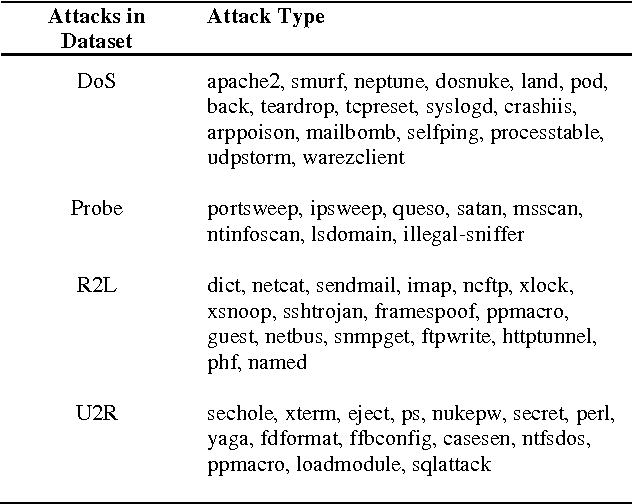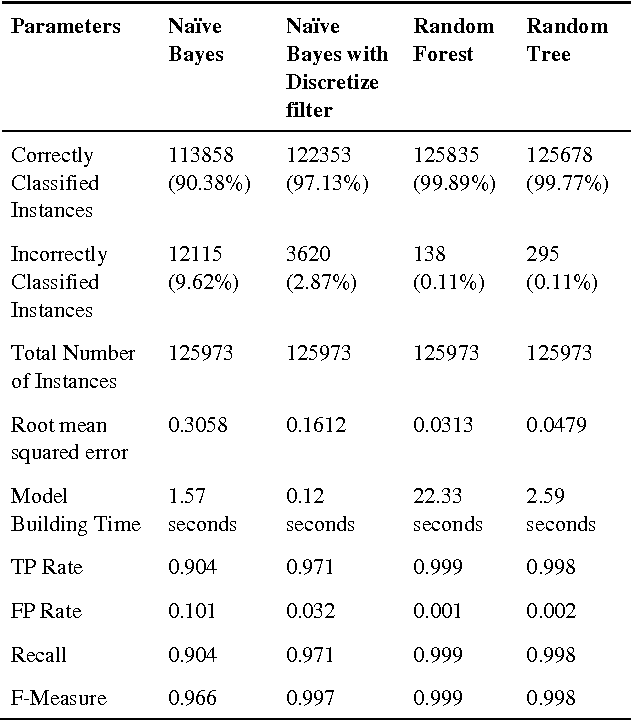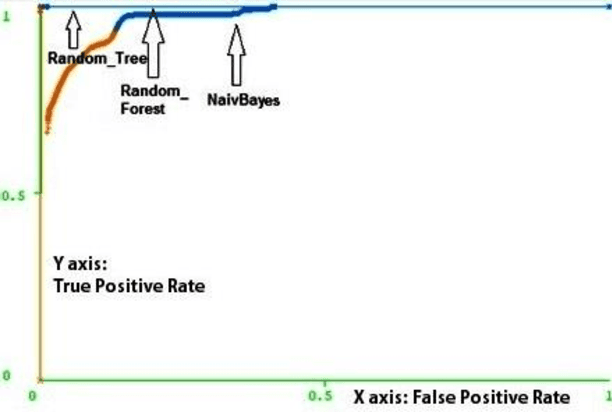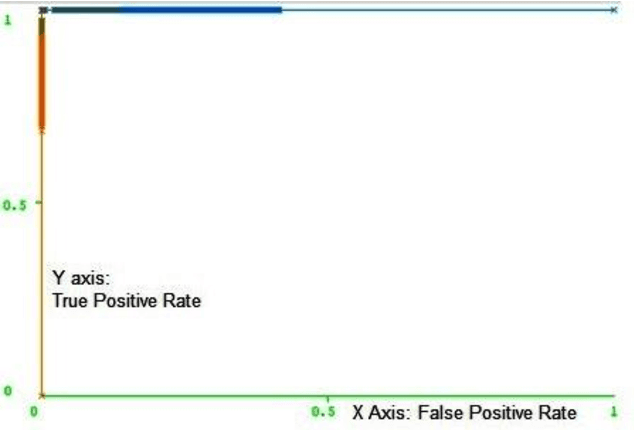Biju Issac
Flow-based Detection of Botnets through Bio-inspired Optimisation of Machine Learning
Dec 07, 2024Abstract:Botnets could autonomously infect, propagate, communicate and coordinate with other members in the botnet, enabling cybercriminals to exploit the cumulative computing and bandwidth of its bots to facilitate cybercrime. Traditional detection methods are becoming increasingly unsuitable against various network-based detection evasion methods. These techniques ultimately render signature-based fingerprinting detection infeasible and thus this research explores the application of network flow-based behavioural modelling to facilitate the binary classification of bot network activity, whereby the detection is independent of underlying communications architectures, ports, protocols and payload-based detection evasion mechanisms. A comparative evaluation of various machine learning classification methods is conducted, to precisely determine the average accuracy of each classifier on bot datasets like CTU-13, ISOT 2010 and ISCX 2014. Additionally, hyperparameter tuning using Genetic Algorithm (GA), aiming to efficiently converge to the fittest hyperparameter set for each dataset was done. The bioinspired optimisation of Random Forest (RF) with GA achieved an average accuracy of 99.85% when it was tested against the three datasets. The model was then developed into a software product. The YouTube link of the project and demo of the software developed: https://youtu.be/gNQjC91VtOI
Comprehensive Botnet Detection by Mitigating Adversarial Attacks, Navigating the Subtleties of Perturbation Distances and Fortifying Predictions with Conformal Layers
Sep 01, 2024Abstract:Botnets are computer networks controlled by malicious actors that present significant cybersecurity challenges. They autonomously infect, propagate, and coordinate to conduct cybercrimes, necessitating robust detection methods. This research addresses the sophisticated adversarial manipulations posed by attackers, aiming to undermine machine learning-based botnet detection systems. We introduce a flow-based detection approach, leveraging machine learning and deep learning algorithms trained on the ISCX and ISOT datasets. The detection algorithms are optimized using the Genetic Algorithm and Particle Swarm Optimization to obtain a baseline detection method. The Carlini & Wagner (C&W) attack and Generative Adversarial Network (GAN) generate deceptive data with subtle perturbations, targeting each feature used for classification while preserving their semantic and syntactic relationships, which ensures that the adversarial samples retain meaningfulness and realism. An in-depth analysis of the required L2 distance from the original sample for the malware sample to misclassify is performed across various iteration checkpoints, showing different levels of misclassification at different L2 distances of the Pertrub sample from the original sample. Our work delves into the vulnerability of various models, examining the transferability of adversarial examples from a Neural Network surrogate model to Tree-based algorithms. Subsequently, models that initially misclassified the perturbed samples are retrained, enhancing their resilience and detection capabilities. In the final phase, a conformal prediction layer is integrated, significantly rejecting incorrect predictions, of 58.20 % in the ISCX dataset and 98.94 % in the ISOT dataset.
* 46 pages
Performance Comparison of Intrusion Detection Systems and Application of Machine Learning to Snort System
Nov 07, 2017



Abstract:This study investigates the performance of two open source intrusion detection systems (IDSs) namely Snort and Suricata for accurately detecting the malicious traffic on computer networks. Snort and Suricata were installed on two different but identical computers and the performance was evaluated at 10 Gbps network speed. It was noted that Suricata could process a higher speed of network traffic than Snort with lower packet drop rate but it consumed higher computational resources. Snort had higher detection accuracy and was thus selected for further experiments. It was observed that the Snort triggered a high rate of false positive alarms. To solve this problem a Snort adaptive plug-in was developed. To select the best performing algorithm for Snort adaptive plug-in, an empirical study was carried out with different learning algorithms and Support Vector Machine (SVM) was selected. A hybrid version of SVM and Fuzzy logic produced a better detection accuracy. But the best result was achieved using an optimised SVM with firefly algorithm with FPR (false positive rate) as 8.6% and FNR (false negative rate) as 2.2%, which is a good result. The novelty of this work is the performance comparison of two IDSs at 10 Gbps and the application of hybrid and optimised machine learning algorithms to Snort.
* 25 pages
Analysis of Intelligent Classifiers and Enhancing the Detection Accuracy for Intrusion Detection System
Sep 28, 2015



Abstract:In this paper we discuss and analyze some of the intelligent classifiers which allows for automatic detection and classification of networks attacks for any intrusion detection system. We will proceed initially with their analysis using the WEKA software to work with the classifiers on a well-known IDS (Intrusion Detection Systems) dataset like NSL-KDD dataset. The NSL-KDD dataset of network attacks was created in a military network by MIT Lincoln Labs. Then we will discuss and experiment some of the hybrid AI (Artificial Intelligence) classifiers that can be used for IDS, and finally we developed a Java software with three most efficient classifiers and compared it with other options. The outputs would show the detection accuracy and efficiency of the single and combined classifiers used.
 Add to Chrome
Add to Chrome Add to Firefox
Add to Firefox Add to Edge
Add to Edge